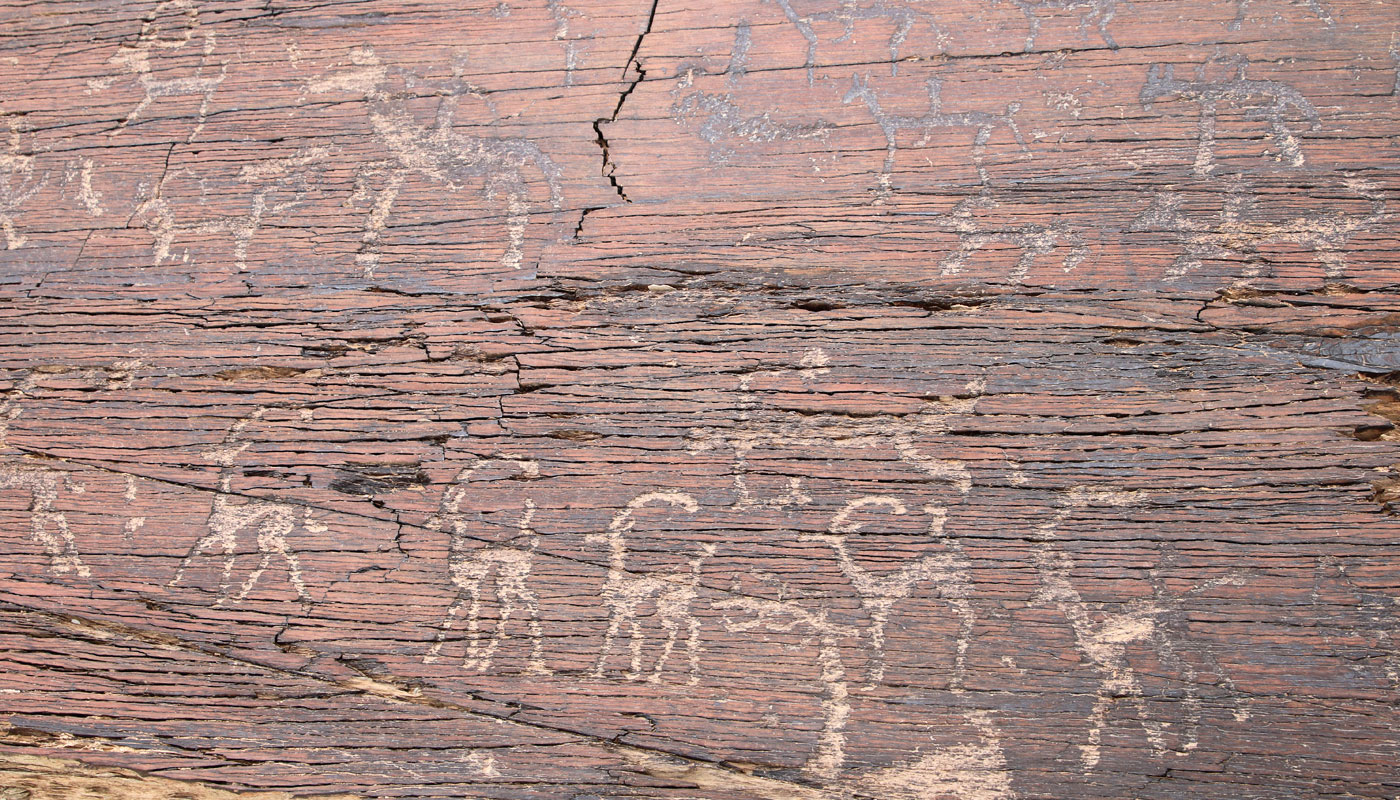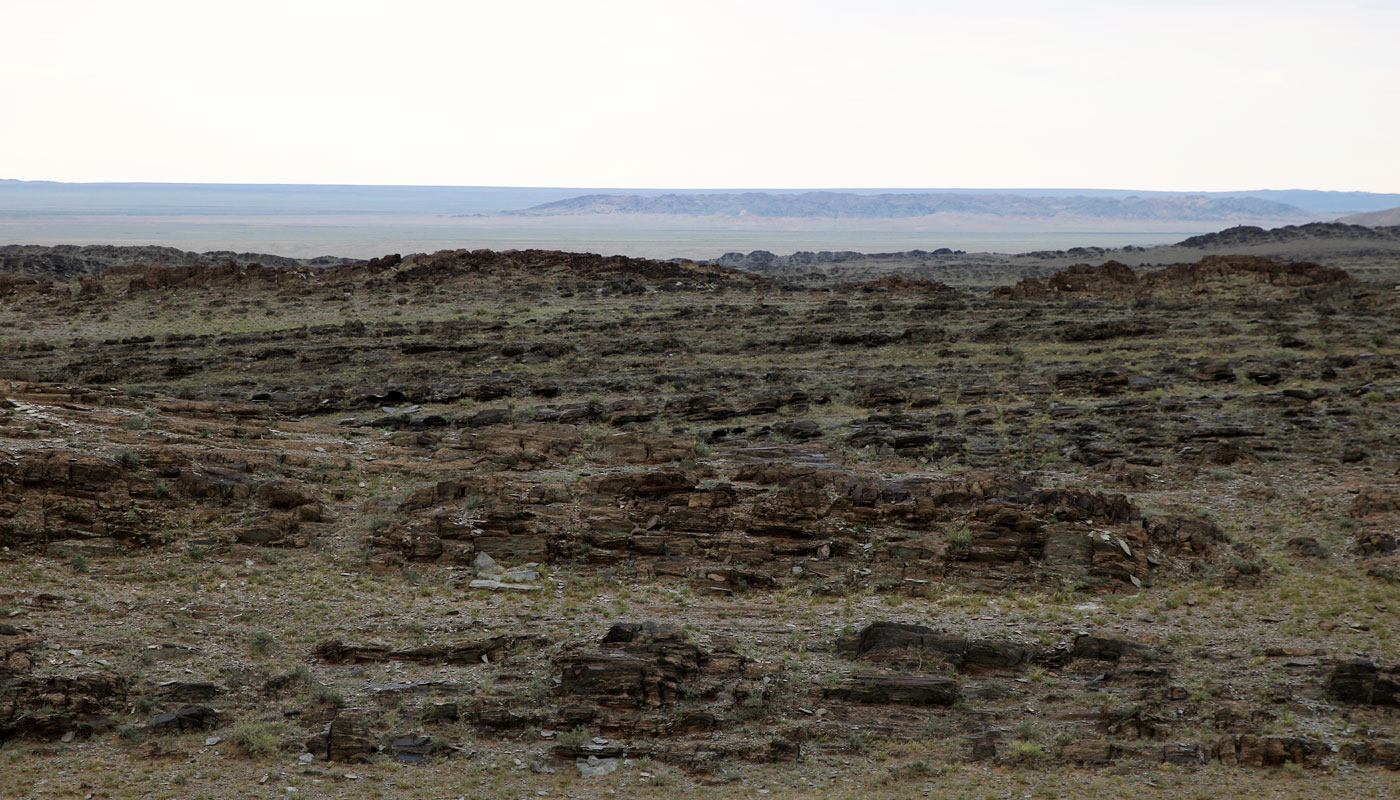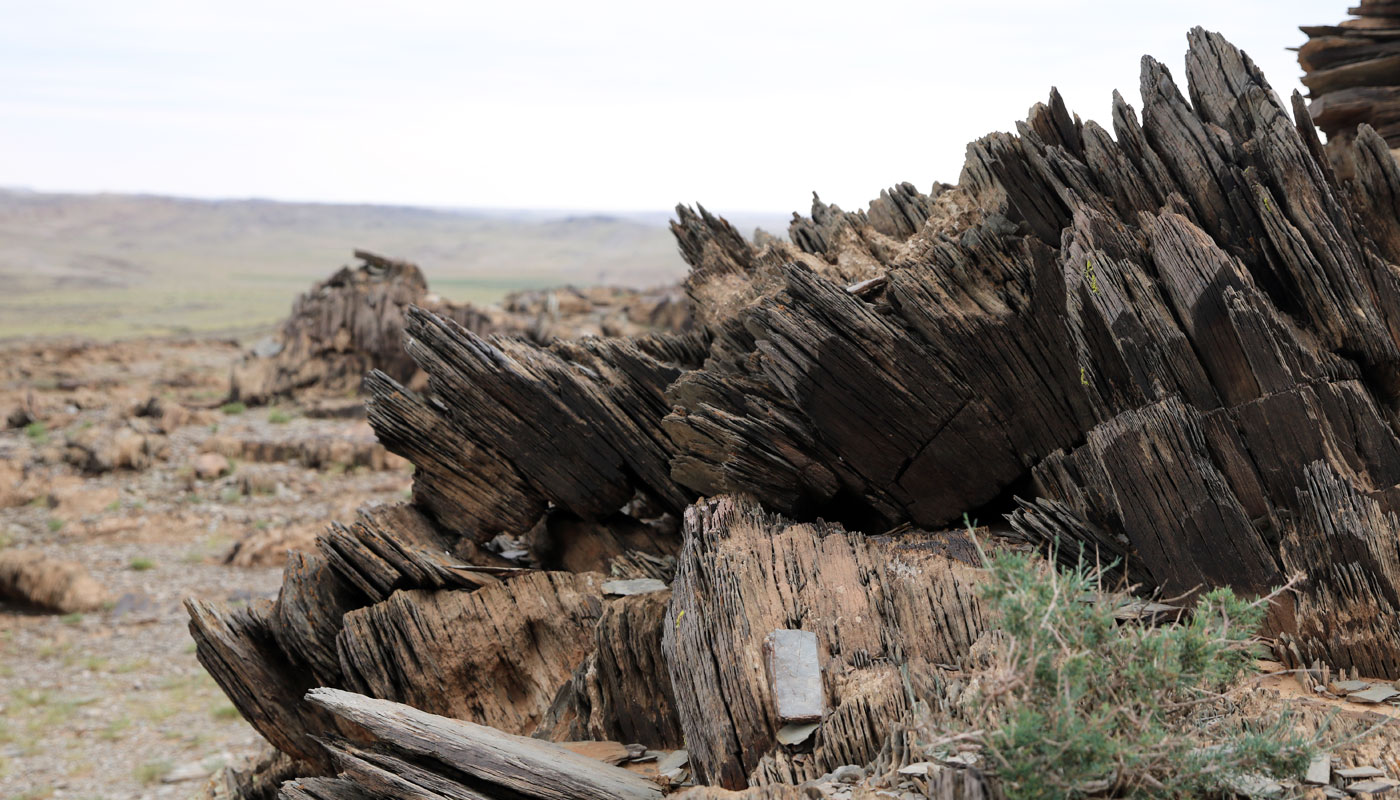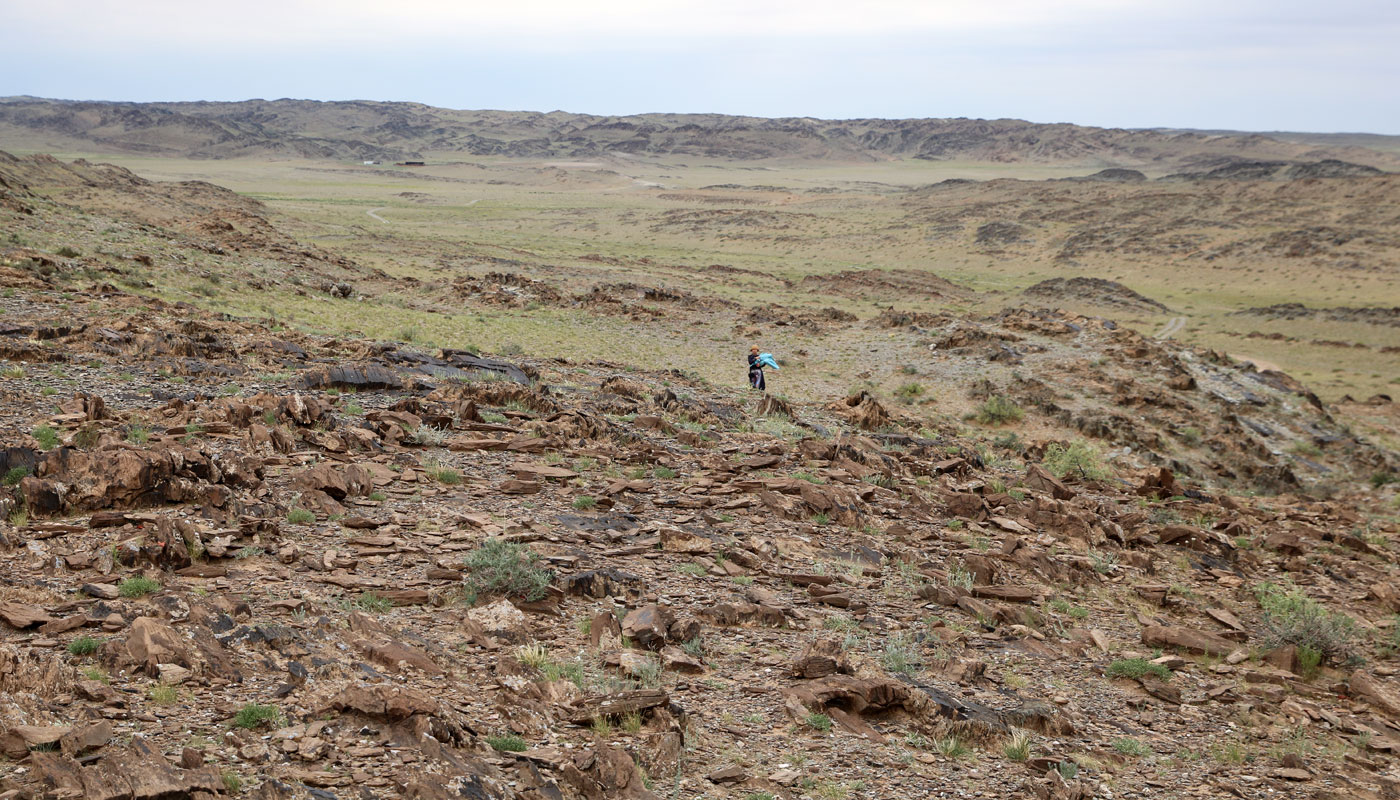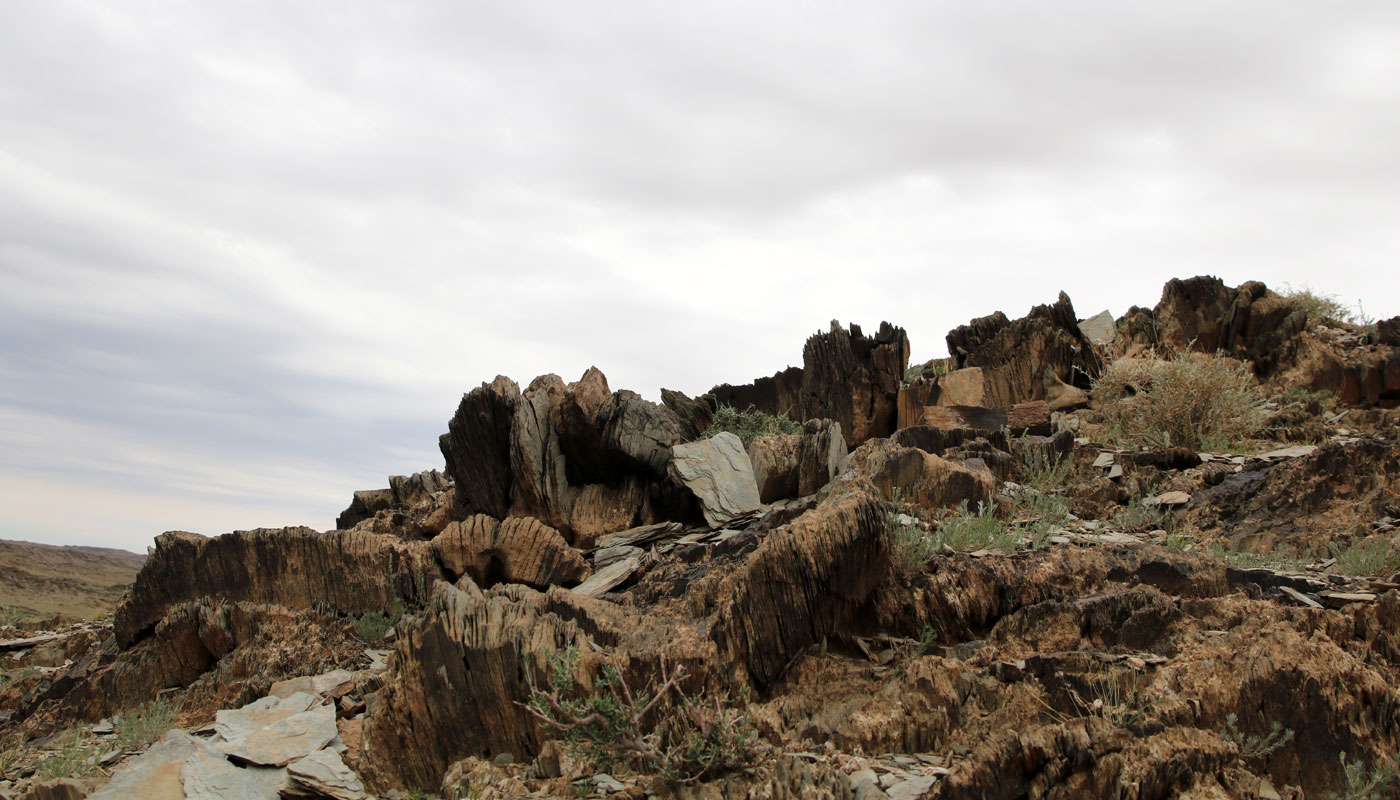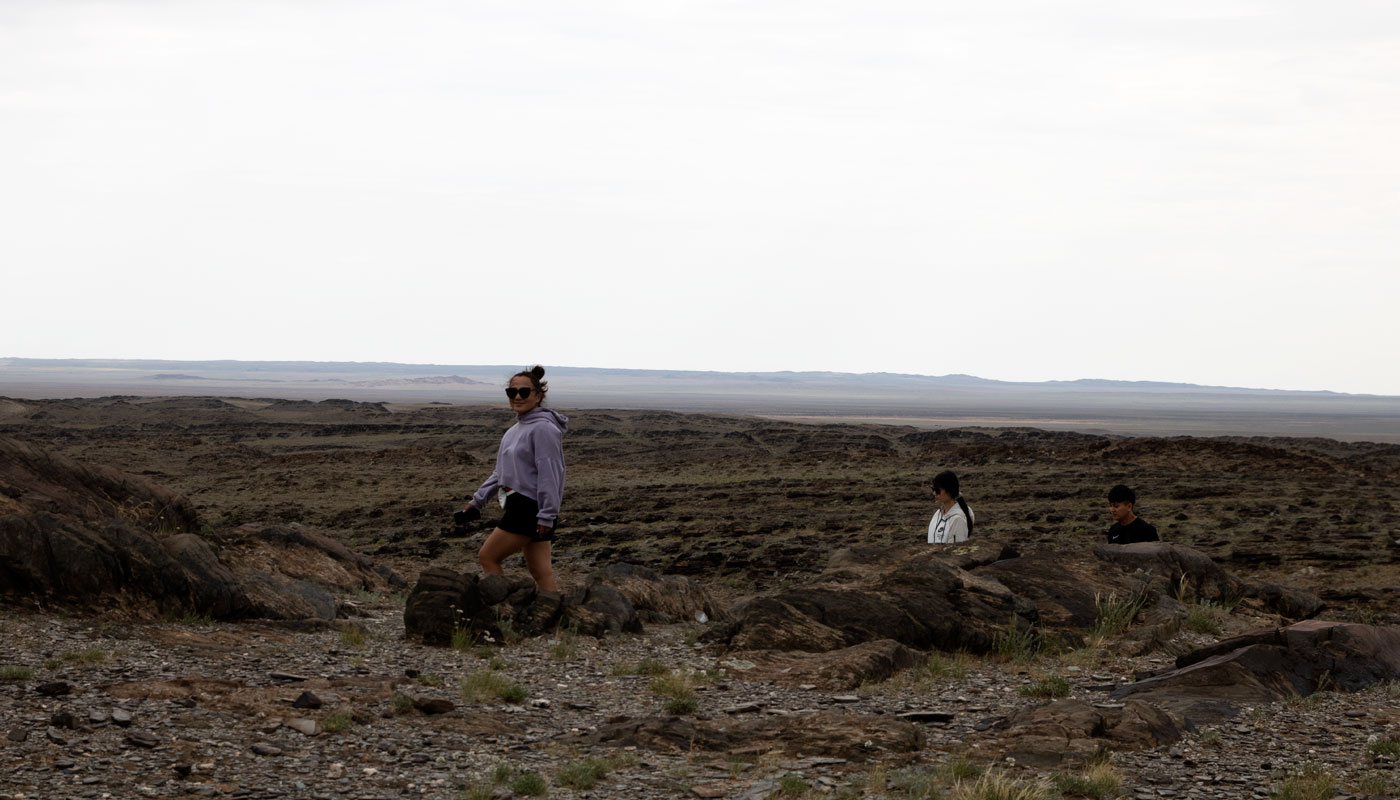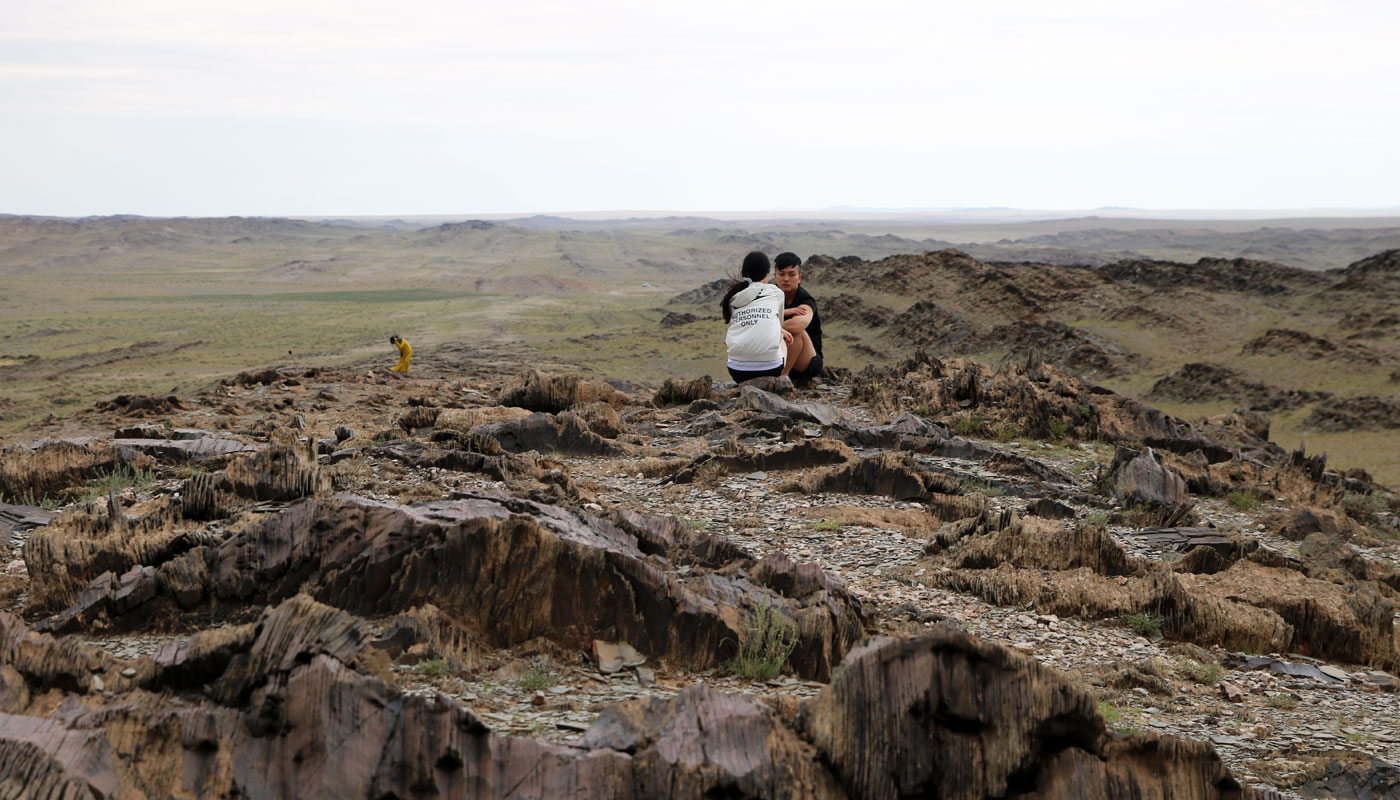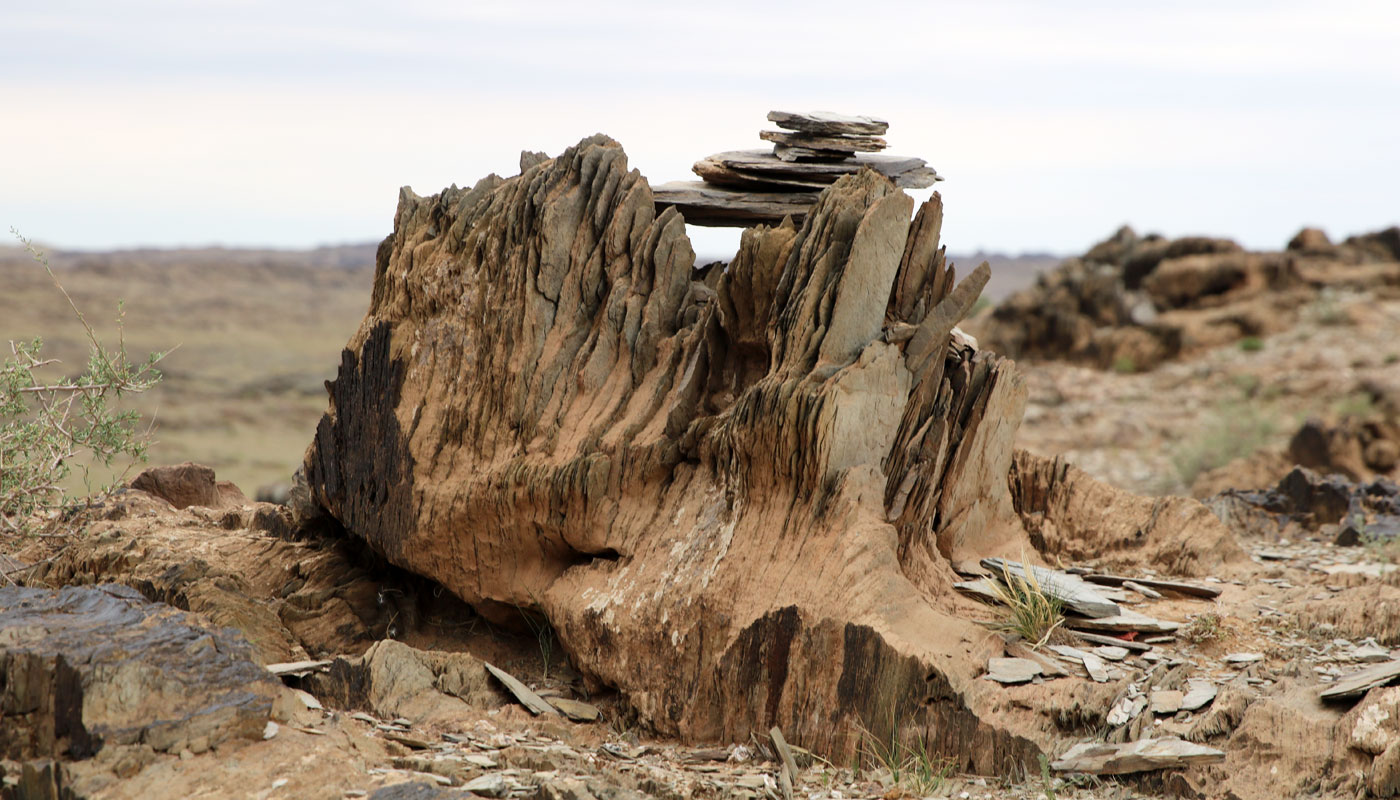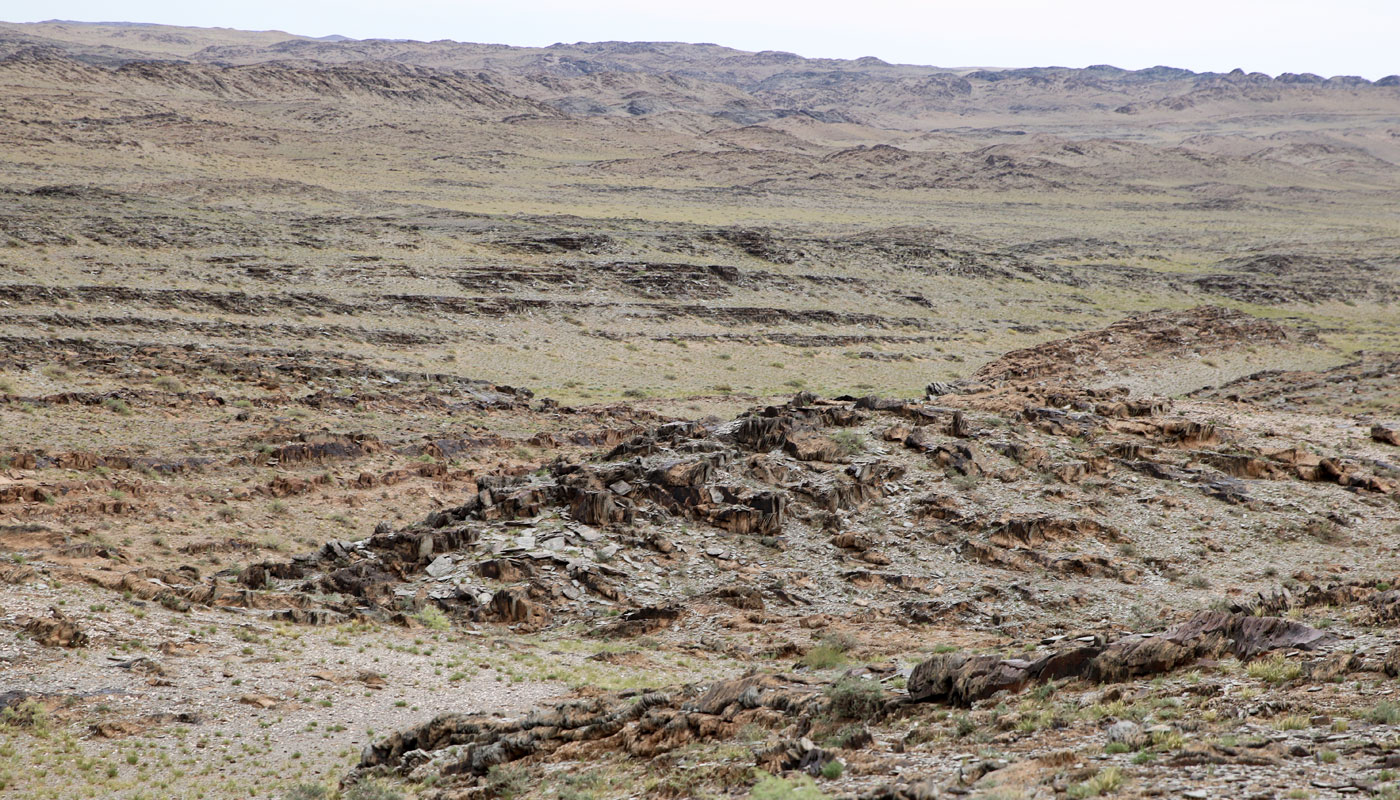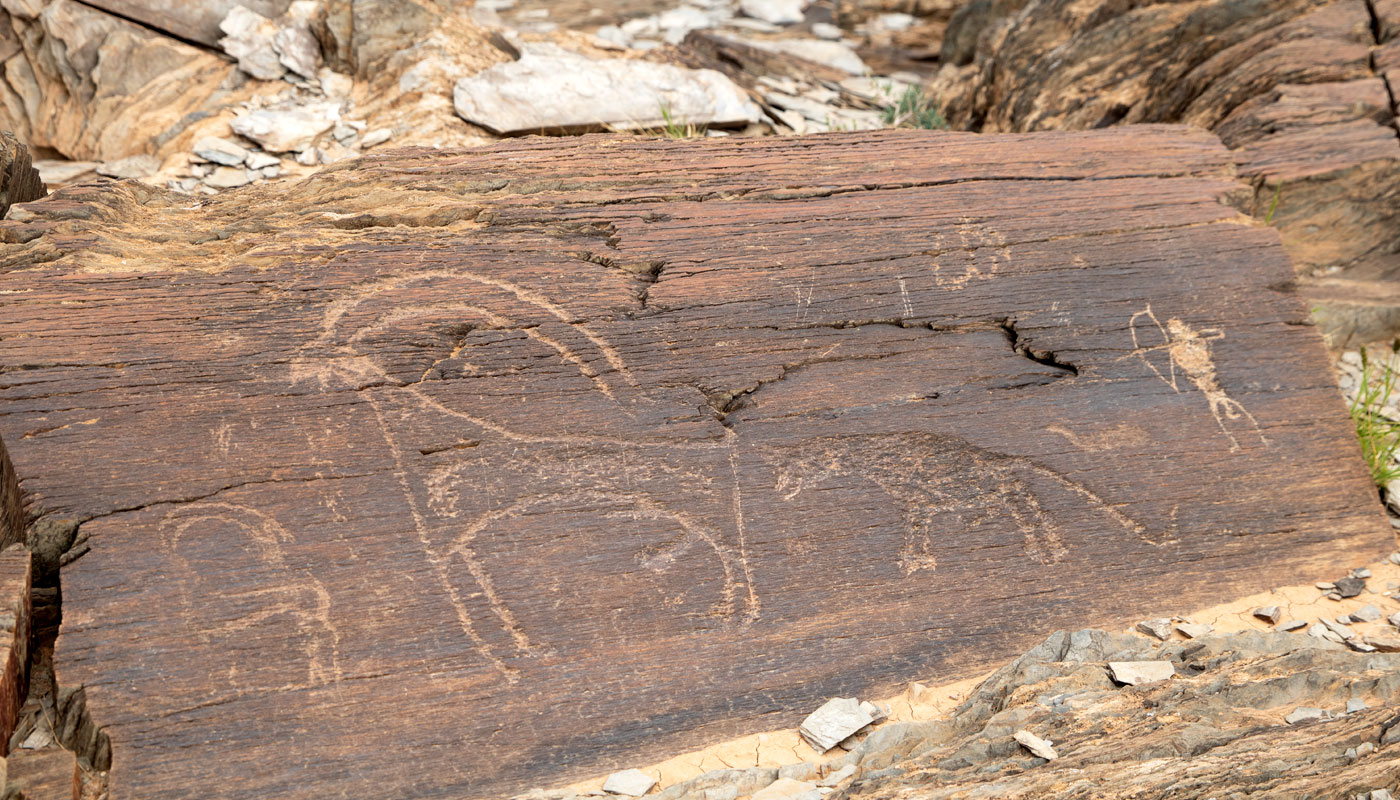Petroglyphic complex of Del Uul mountain
Petroglyphs are considered as one of the most widespread cultural heritage sites of the world, and Mongolia is one of the countries that are rich with it. The Del Uul petroglyphic complex is an outstanding representative of the petroglyphs in the Mongolian Gobi.
The mountain Del Uul, stretches 25 km from east to west and is located in the territory of Ulziit soum, Dundgobi province. From its lower base to the peak the eastern face of the mountain is covered with petroglyphs of various types of animals, human beings and symbols engraved in different historical time periods. Animal images such as ibexes, horses, riders, camels, and anthropomorphic images are the most common.
Del Uul Petroglyphic is not only a prominent evidence of the civilization and historical evolution of the North-eastern Asian nomads but also reflections of the culture, tradition, ritual and art that had been developed and followed by them for hundreds of years starting about 4000 years ago. This petroglyphic is exceptional and genuine evidence of the Bronze Age Central Asian nomads’ belief, sacrificial practice, culture and art of which greatly developed and disappeared in the 4th – 1st millennium BCE on the territory of what is now Mongolia and its neighboring countries.
The petroglyph subjects of the Mongolian Gobi remained virtually unchanged from the Bronze Age to the end of the Early Iron Age; however, petroglyphs underwent significant changes in terms of semantics and methods of execution.
| Country Name | Mongolia |
|---|

